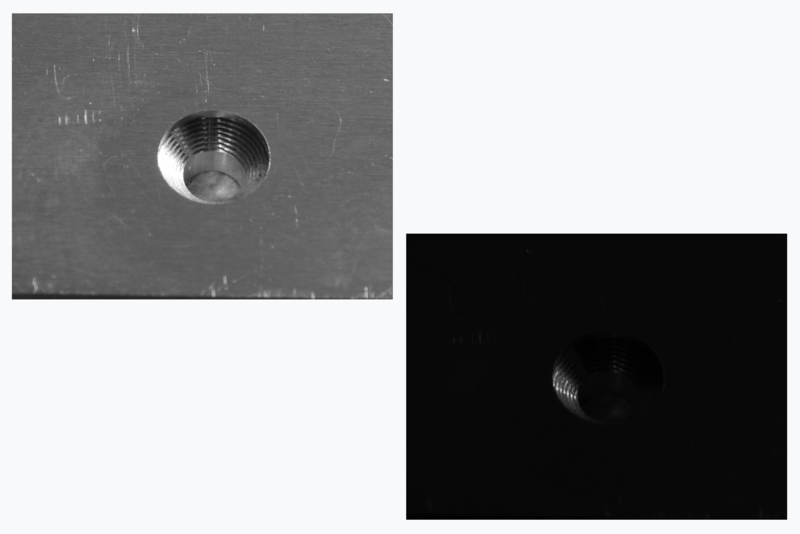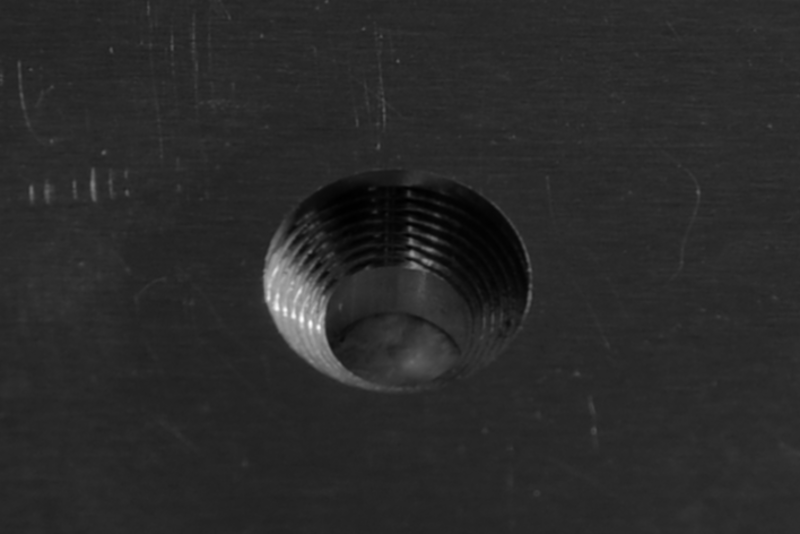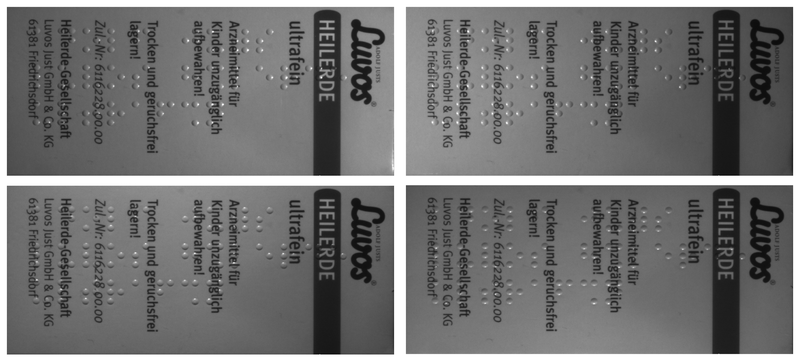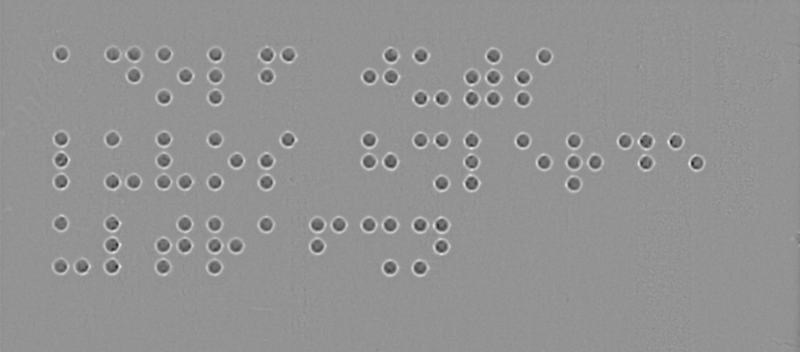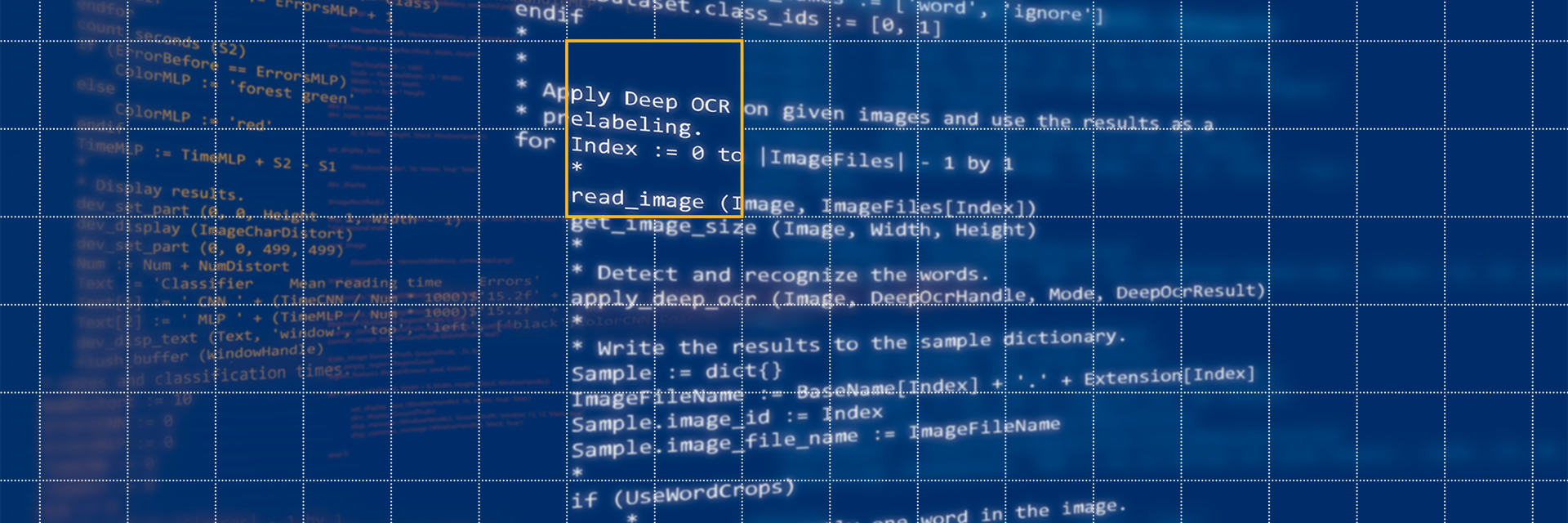
Photometric stereo & HDR
Computational Imaging provides you possibilities to obtain good image quality without complicated conventional lighting or optical conditions. Processed with Computational Imaging techniques, a sequence of images taken under different lighting or optical conditions can achieve output with enhanced quality and image feature extractions that your machine vision algorithm needs in real time. This can help you implement more robust machine vision applications with less development time and cost.
Such Computational Imaging functionalities are also included in the HALCON Toolbox, for example High Dynamic Range imaging (HDR) and Photometric Stereo (PMS).
Application examples
HDR
With High Dynamic Range imaging (HDR), extremes in contrast can be removed from images produced using different illumination levels. For example, this bore hole is captured under short and long light pulse. HDR combined these source images to form a more evenly lit image with both details on the brightest and darkest part. Typically, use cases like defect inspection and, quality control in general benefit from this technique.
Photometric stereo
Photometric stereo (PMS) is a technique used to generate edge and texture of an object from its 2D texture or surface coloring. Generally, you need to take images of the object that are sequentially illuminated from multiple different directions like the pharmaceutical package shown left. Then a computed shape image with complete and clear braille characters can be generated using photometric stereo algorithms. This resulting image can be further processed for other machine vision applications such as OCR and object segmentation. Typical applications of photometric stereo are detecting small inconsistencies in a surface that represent, e.g. defects, eliminating the impact of the direction of light on the images that are used, e.g., for the print inspection of non flat characters.

